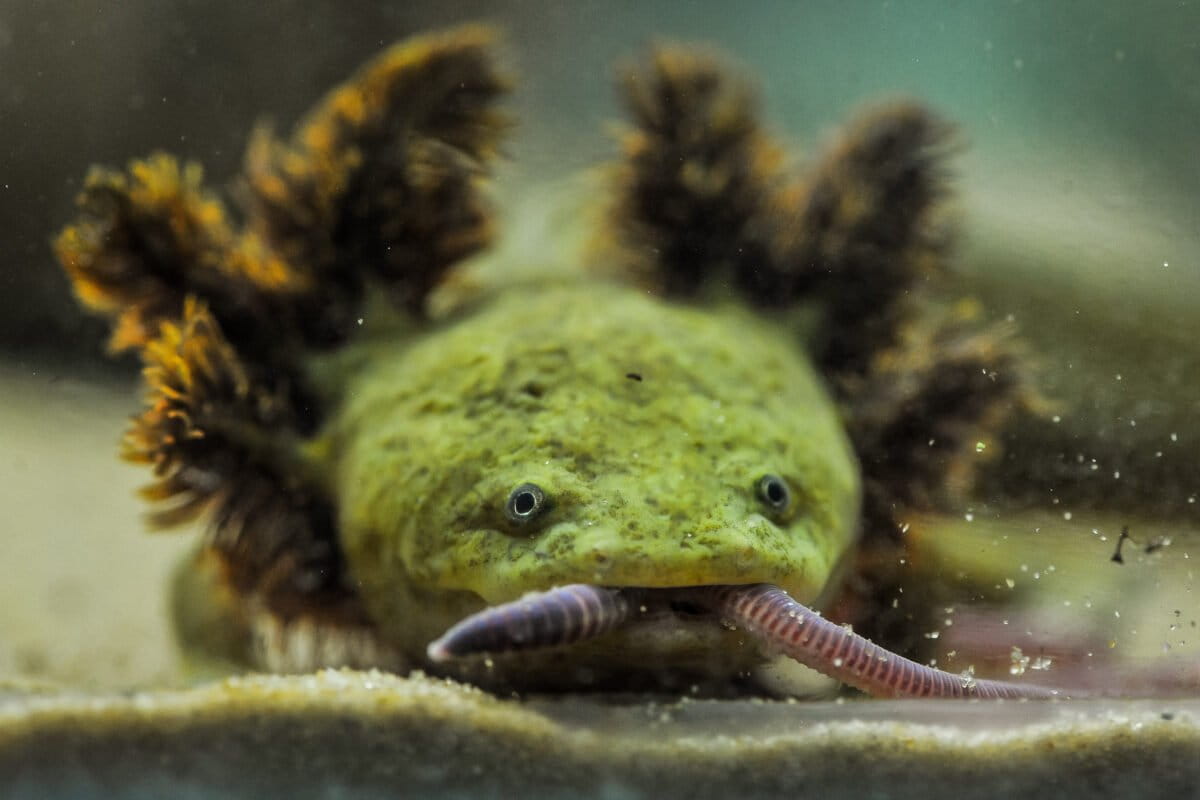For the last 20 years, Dominican nuns in a Mexican monastery have cared for the largest known captive population of the critically endangered achoque salamander. Now scientists from Chester Zoo in the U.K. are collaborating with the sisters and Mexican conservationists to test a microchipping method that they hope will help them monitor the species’ dwindling wild population, reports Mongabay’s Liz Kimbrough. Fewer than 150 adult achoque salamanders (Ambystoma dumerilii) are thought to remain in the wild, all of them in Lake Pátzcuaro in Mexico’s central Michoacán state. Adding urgency to the situation, the lake is shrinking in size and growing increasingly polluted with sewage, fertilizer runoff and sediment from deforestation, Kimbrough reports. In the 1980s, when Lake Pátzcuaro’s wild salamander population declined drastically, the Dominican sisters at the Monastery of Our Lady of Health began raising achoques in captivity at their monastery. They traditionally used achoques to produce a cough syrup, which became the convent’s main source of income. Over the years, the nuns worked out how to get the salamanders to breed successfully in captivity, and how to raise their babies. Today, the breeding facility includes two rooms filled with tanks housing hundreds of salamanders at a time. The Chester Zoo scientists wanted to use captive achoques to test a new tagging method — small, rice grain-sized microchips — before deploying them on wild individuals. If the microchipping was successful, the team planned to use the technique to tag wild achoques to ID and monitor them via a…This article was originally published on Mongabay
From Conservation news via this RSS feed


